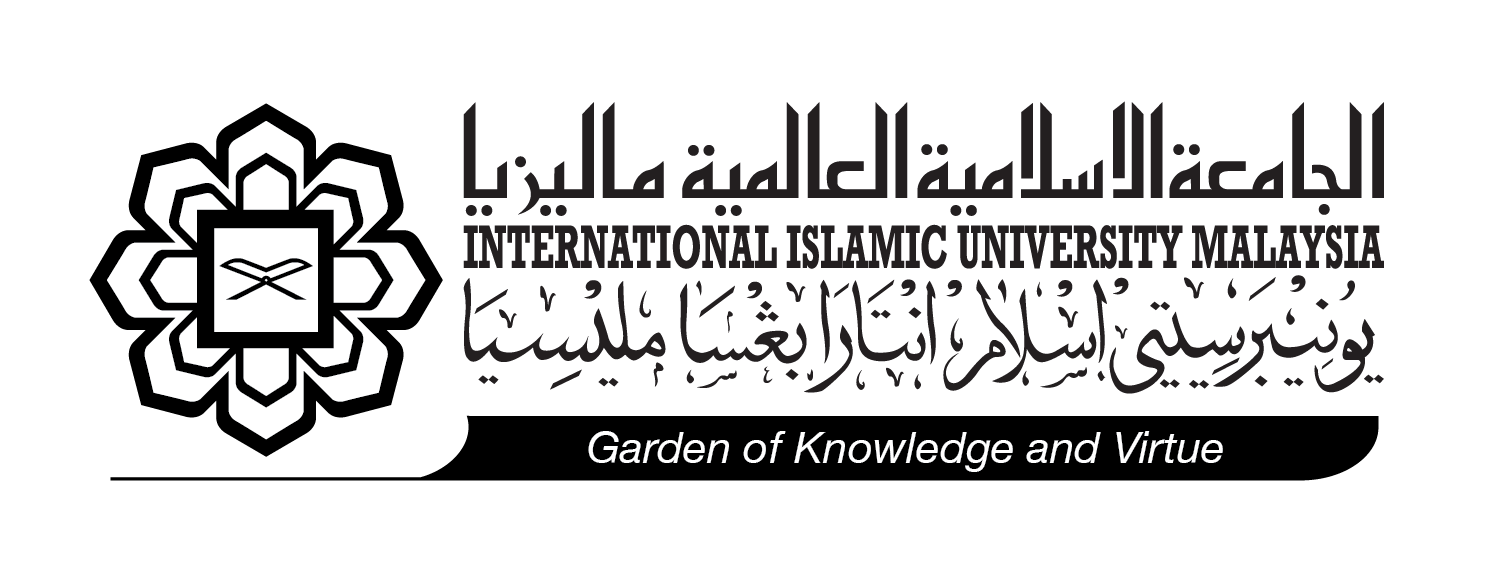News

The matriculation story
Date : 29 May 2019
Reported by : Roslan Bin Rusly
Category : News
Tweet This
My View - Dzulkifli Abdul Razak /
ENTRY into any educational institution is increasingly getting diverse to reflect the growing diversity of global education. There is always more than one way if diversity in education is to be celebrated, and it is not one size fits all. This is important to improve access and success, especially in addressing heterogeneous situations peculiar to some environment. Since the very term “matriculation” is well accepted in other countries, it tells us that there is nothing wrong with the system per se.
In the case of Malaysia, the matriculation system was introduced to “balance” out access to the university as part of an “affirmative” action.
It was an alternative to the only system then, the A-levels, which was unable to cope given the number of public universities that were fast multiplying to improve access and equity. Hence, universities took the initiative to either adopt or adapt the matriculation system. Much like what is offered by some private universities for further studies to Australia as an example. Only that the matriculation was designed to suit the Malaysian context while keeping the philosophy intact.
Each university, therefore, autonomously set up its “own” matriculation system (as sanctioned by the university authority and eventually the ministry), especially for courses that were popular and thus more competitive. This allowed the university to “mentor” its own cohort of students (like private “tuition” classes) to upskill them.
Meanwhile, the existing streams of access are kept open as always. In this way, the university entrance could be further facilitated to achieve the “balance” for access and equity. Some included other “criteria” like that of socio-economic status, or geographical locations, to overcome the various skewed divides.
It was akin to the B40 of today, which is now generally accepted as a point of departure, to “redress” the historical injustices they were forced to experience.
In other instances, prerequisite conditions were imposed to buttress the weakness faced by any particular cohort in the effort to improve not just access and also success (read to graduate). While access is being remedied, success must also be scrutinised so that the final objective in improving access for equity is readily met. Otherwise the whole effort is half-baked and will go to waste.
But because such variations and flexibility are absent in the A-level system, it gives rise to suspicion that matriculation is a “soft” option and therefore “less” rigorous. This is despite that the idea is noble and gives students room to pace themselves, especially the “slow-learners” or “late-bloomers”. The idea is identical to that catering to specially-challenged students where they are accorded ample time to learn and achieve the level of performance expected of them. Such consideration is educationally sound in the context of inclusiveness which gained mainstream acceptance as per the 2015 World Education Forum in the Incheon Declaration.
When Malaysian universities converted to a semester and credit system (to replace the “end-of-year examination” system with alpha-numeric grading), the basic rational was similar. With continuous assessment thrown in, it avoids lumping everything into one basket. Arguably this will reduce the risk of failure, unlike in the previous system, should anything go “wrong” unexpectedly on the day of the final examination. By then little recourse was available to salvage the students’ future. Whereas in the semester system the “risk” is spread out and cases of fail-and-out are generally lower. Plus, it provides a better profile of the type of learners involved based on the longitudinal examination records throughout the semester(s).
In short, the matriculation system has its merit and legitimacy to exist, at least, as understood from the educational viewpoint to enhance access, success and equity. It is no less competitive or rigorous as long as academic integrity and intellectual honesty remain as the uncompromising principle and practice in executing the nexus of access, success and equity. And not to confuse it with the other issues such as employability, which comes at the tail end of the process, and not as part of the nexus.
If jobs are to be factored in, the system must be tweaked to allow for this, be it languages, or skills or even sports as the case may be. So that success is definitive to the market needs without marginalising access and equity. In the present context this is somewhat difficult to do because the system has undergone centralisation and standardisation under one agency. It has succumbed to the one-size-fits-all model that it sought to avoid when matriculation was first coopted by the individual universities. With it the aspects of diversity and flexibility educationally speaking were forsaken (read lost of autonomy too) in contrast to how it was before.
It is interesting to note by virtue of this, we are back to where we started off in diversifying the mechanisms of university entrance so that it is more agile, autonomous and responsive. In particular when responding to demands in an uncertain environment. Unfortunately, this seems to be no longer the case raising questions as to what is next for the matriculation system?
With some four decades of experience in education, the writer believes that “another world is possible”. Comments: letters@thesundaily.com








